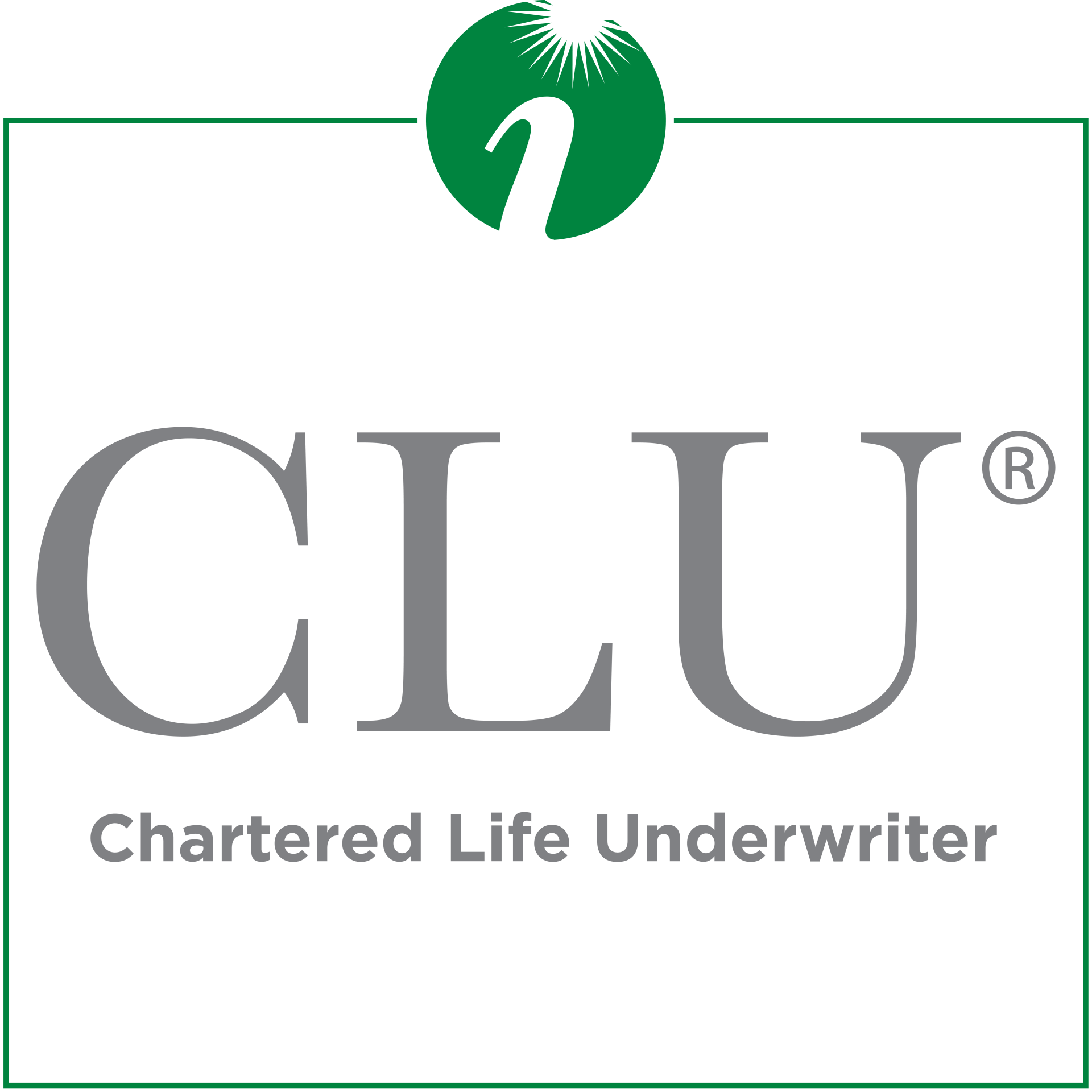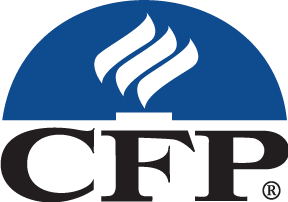Canada Interest Rates Changes for 2024
In Cash? Time to Make a Move!
When it comes to investing, the professionals in the investment industry read a lot of economic updates. They have a good sense of major shifts coming. I’m here to tell you that one is on its way.
In 2022 and 2023, the Bank of Canada was doing its best to fight inflation. The only option they have is to raise interest rates to bring inflation down. Inflation is expressed as a year-over-year increase in the total Consumer Price Index (CPI). The CPI is made up of the most relevant items that a Canadian will typically buy such as food, furniture, clothing, transportation, etc. It may not feel like it, but it worked. Peaking on June 1, 2022 at Total CPI of 8.1% it dropped to 3.4% on November 1, 2023.
https://www.bankofcanada.ca/rates/price-indexes/cpi/
Interest rates are likely to drop in Canada in 2024. When that happens, certain types of investments will experience capital appreciation. If you parked your money in a High-Interest Savings Account in 2022 or 2023, or if your GIC is about to mature, you may want to consider transferring the asset to a fixed income investment. In a falling-rate environment, fixed income outperforms interest-bearing products. Fixed income is considered low-risk and works well for conservative investors.
If you’re going to make an RRSP contribution, consider investing in a fixed-income product with this year’s contribution. If you have already converted to a RRIF, you can make a change as well. Fixed-income investments can be used in TFSA, RESP, LIRA, LIF, RRSP, RRIF, and non-registered personal or corporate investments.
If you would like to explore this idea further, please reach out.
Taivi Tayler, RRC®, CLU®
Certified Financial Planner
Toll Free: 1-866-550-6932
Local: 705-733-3338
Fax: 705-734-6243








